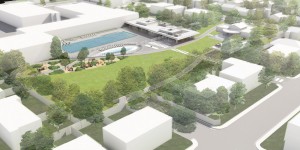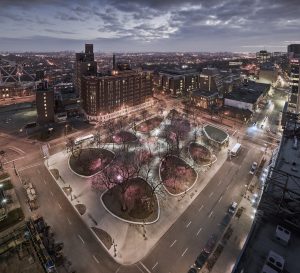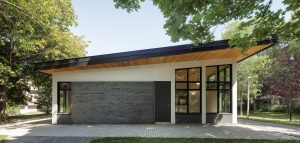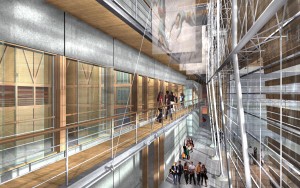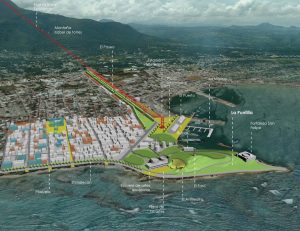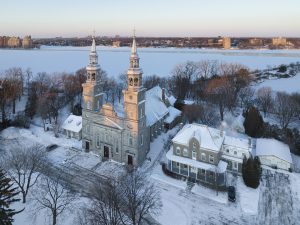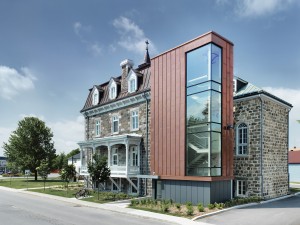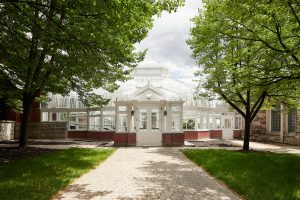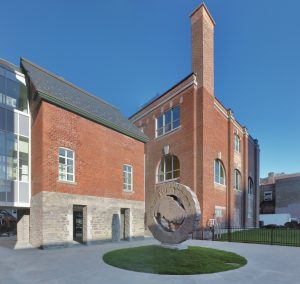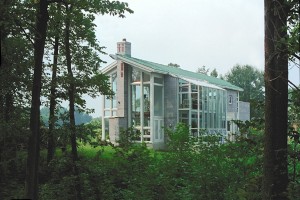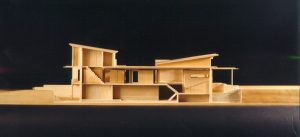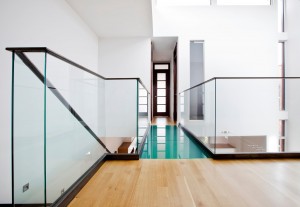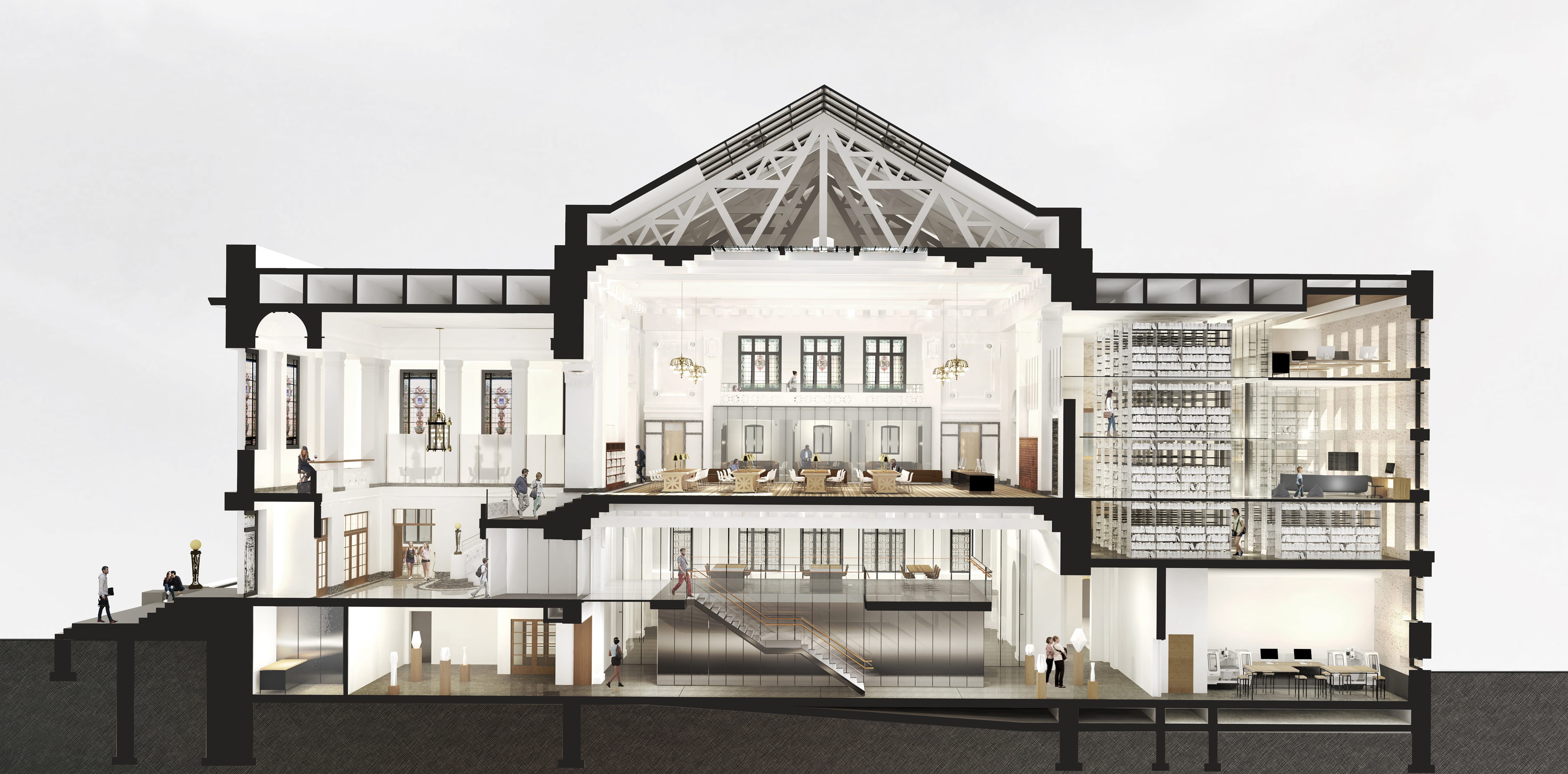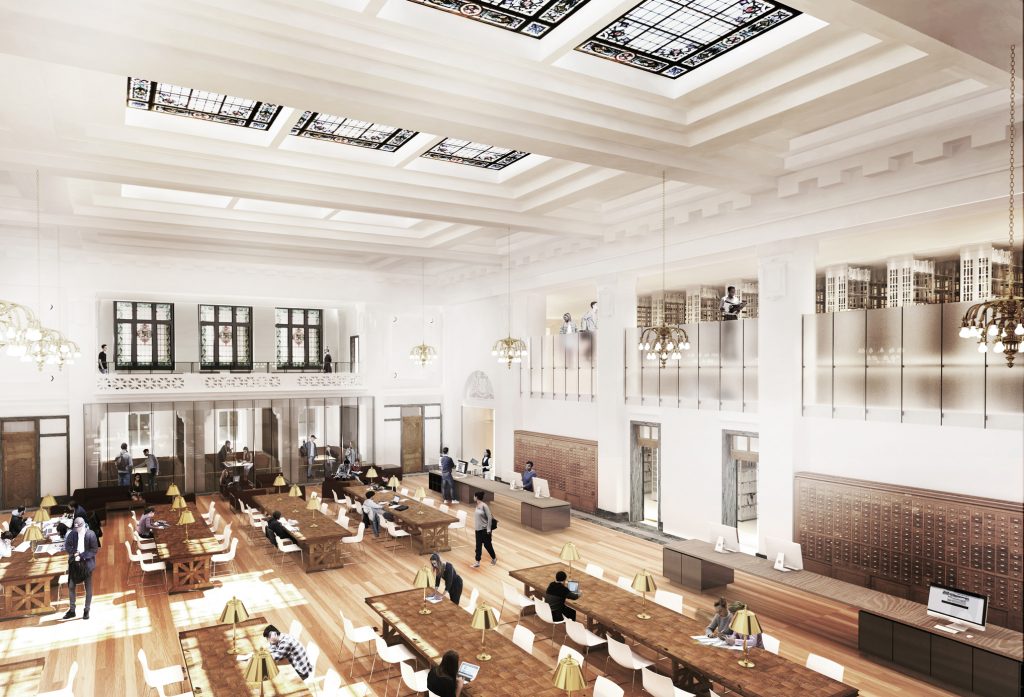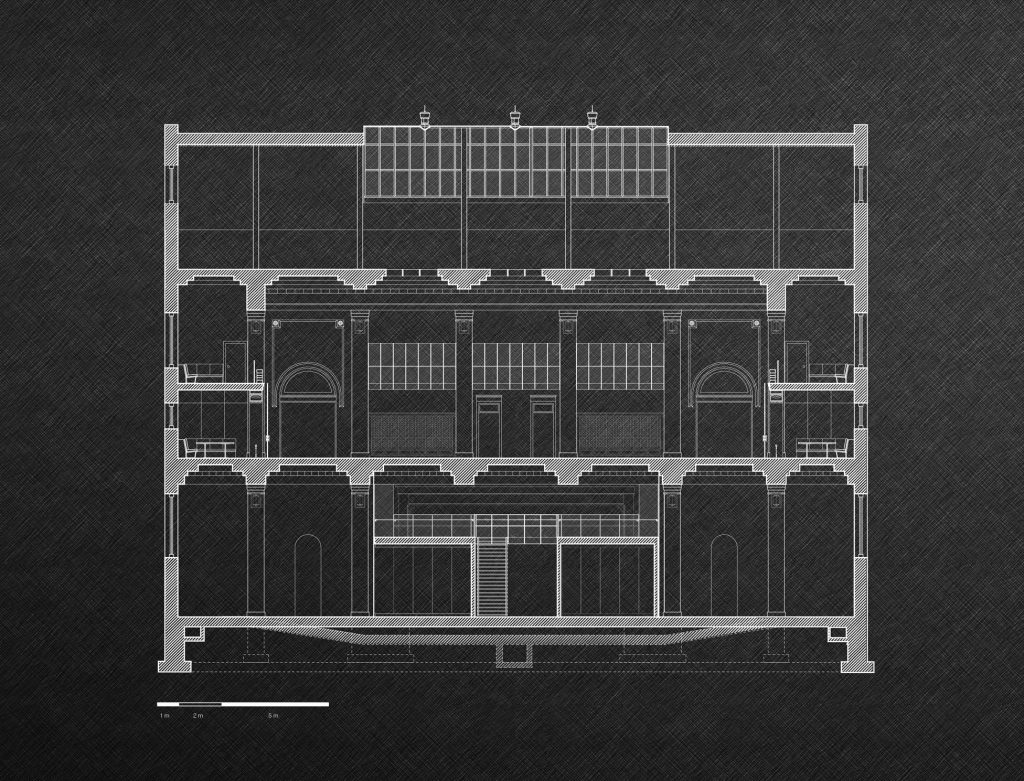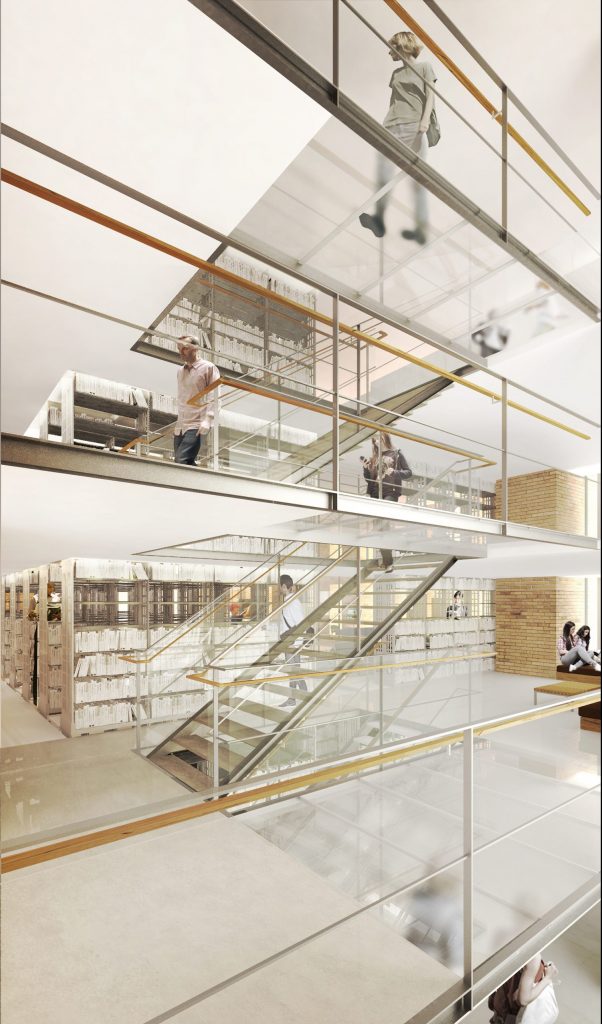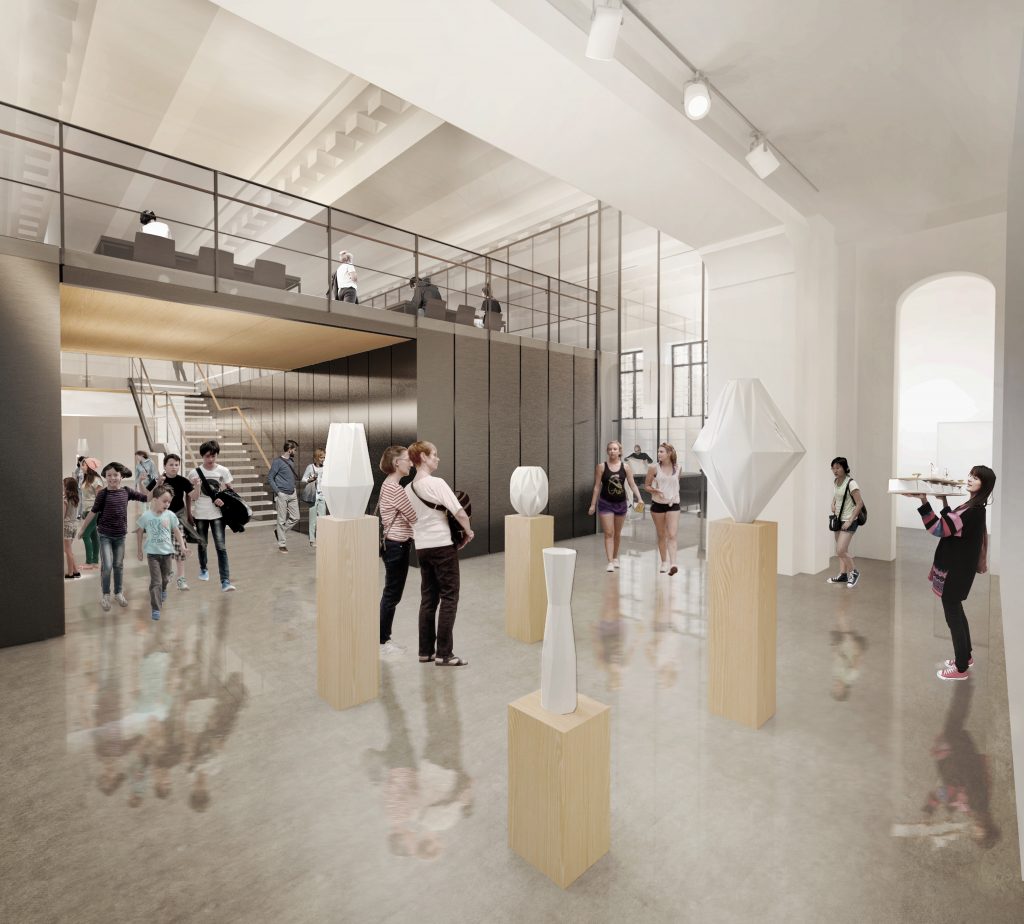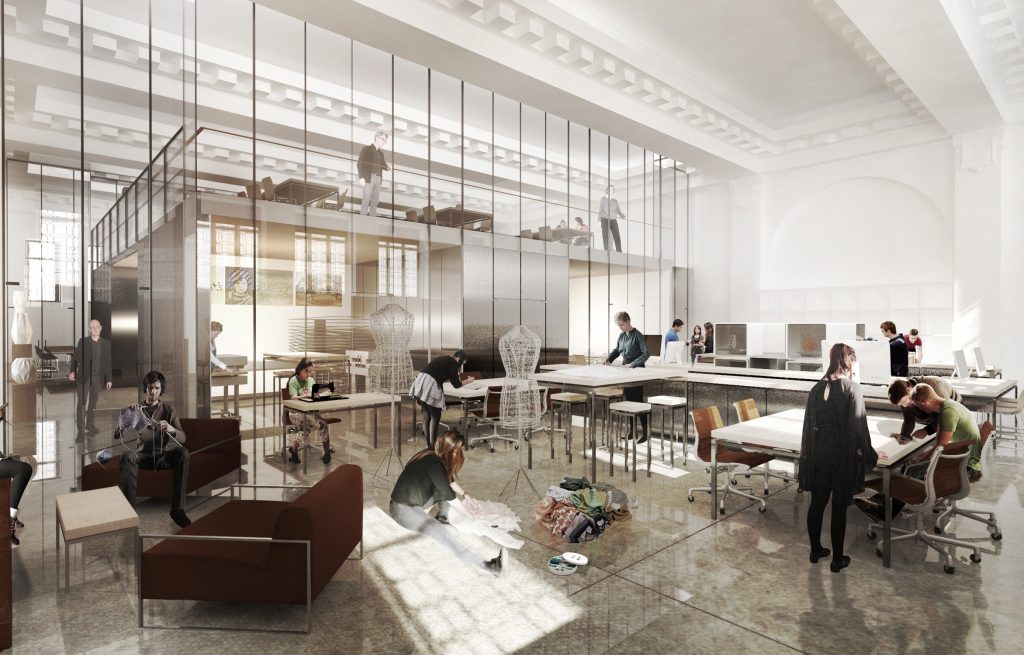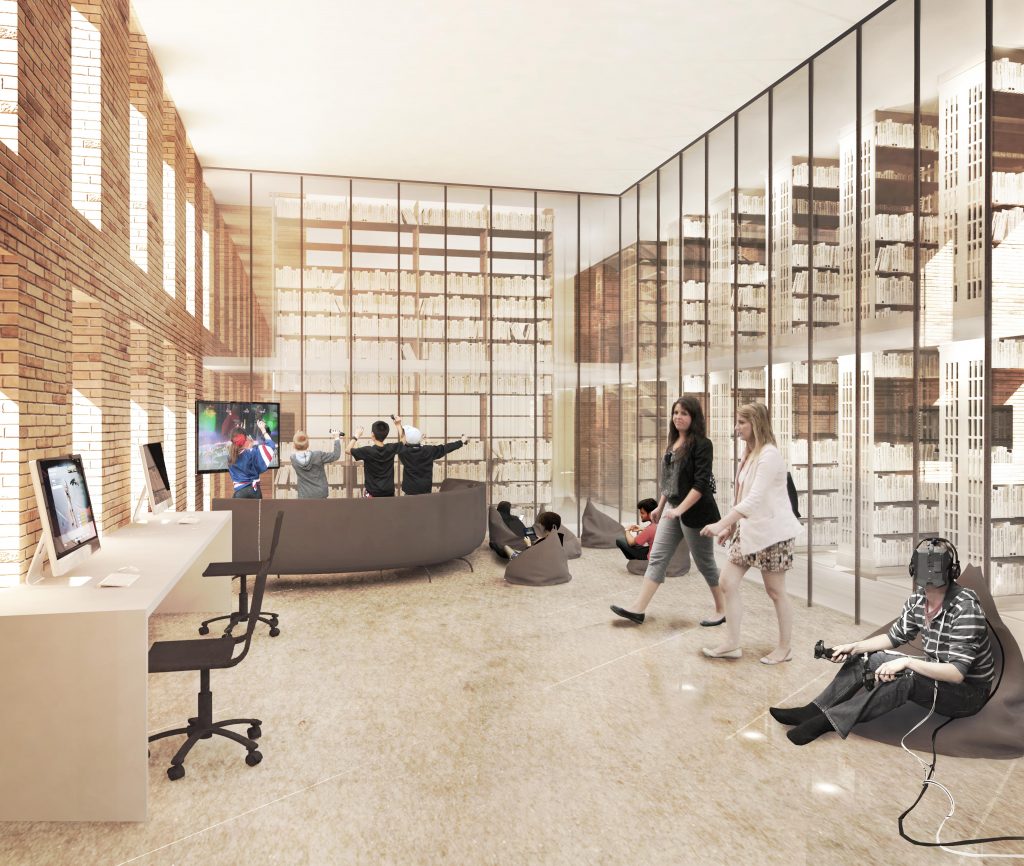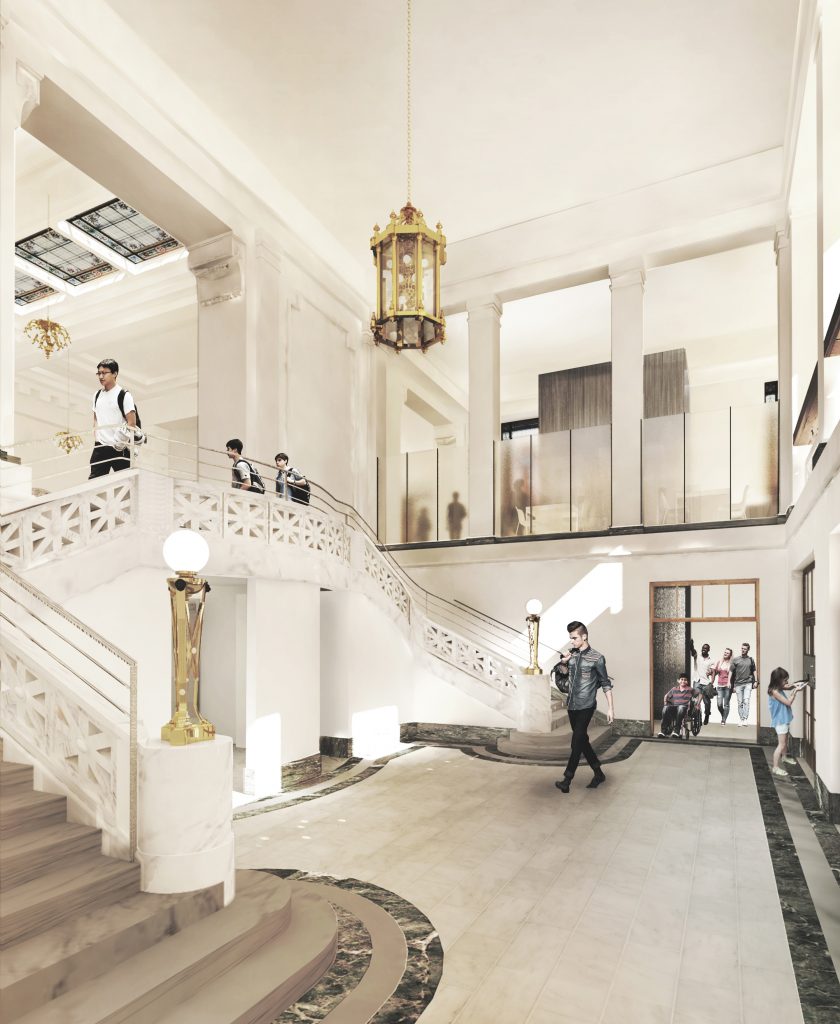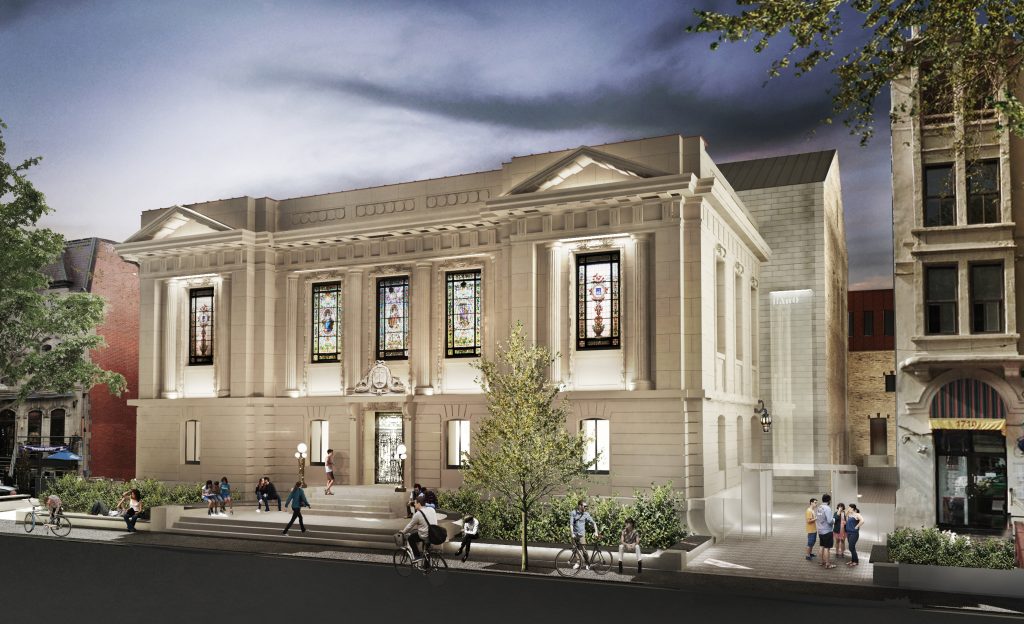In the life of a building such as the Bibliothèque Saint-Sulpice, a broader vision of its life and mission is required in order to place a fair value on its architecture. This vision depends on our understanding of the idea of the monument itself – on our knowledge of the building, its site and its history.
The minimal intervention approach advocates the idea that any intervention on a heritage building must be reduced to the strict minimum in order to maintain as much as possible its original material fabric. The charters of the twentieth century issued by international heritage organizations are inspired by this approach… The idea of Prosper Mérimée and Viollet-le-Duc to borrow from medicine the Latin phrase “primum non nocere” (first do no harm), and the quotation of Sir George Gilbert Scott: “The great danger in any restoration project is to do too much, and the great difficulty is to know when to stop”, resume well the origins of this approach. The success of our interventions and insertions remains dependent on a rigorous and exhaustive reading of the original building.
The building is composed of three parts: the volume of the entrance, the volume of the reading room and auditorium, and the volume of the bookstore. In each of these parts, the characteristic heritage elements remain in the foreground of importance. Our juxtaposed interventions appear as delicate layers in the project, enhancing in counterpoint the qualities of the existing.
First, the conservation of the three existing entrances that join Saint-Denis Street is privileged. The magnificent central marble staircase and the two lateral staircases with vaulted ceilings are highlighted. The introduction of elevators was carefully studied in order to provide universal access without the need to build ramps. The spatial organization of the building, and its heritage elements such as stained glass windows, moldings, railings, lighting, and furniture in the reading room and bookstore are also highlighted. Thus, the architectural details of the pilasters and plaster moldings of the ceilings, and the proscenium arch of the former auditorium are preserved. In the bookstore, a vast majority of the structural steel shelving is retained.
The new elements are distinguished by their craftsmanship and lightness. Treated as a new material layer that distinguishes itself from the original building, the contemporary interventions stand out from the existing walls and surfaces. They are intended to be reversible, and they are expressed as distinct volumes or as layers placed in front of the existing surfaces. The use of new walls in transparent glass, translucent glass and tin, as well as the insertion of walkways and stairs, creates a visually open architectural promenade from the entrance to the laboratories, as well as to the reading room and the renewed bookstore.




